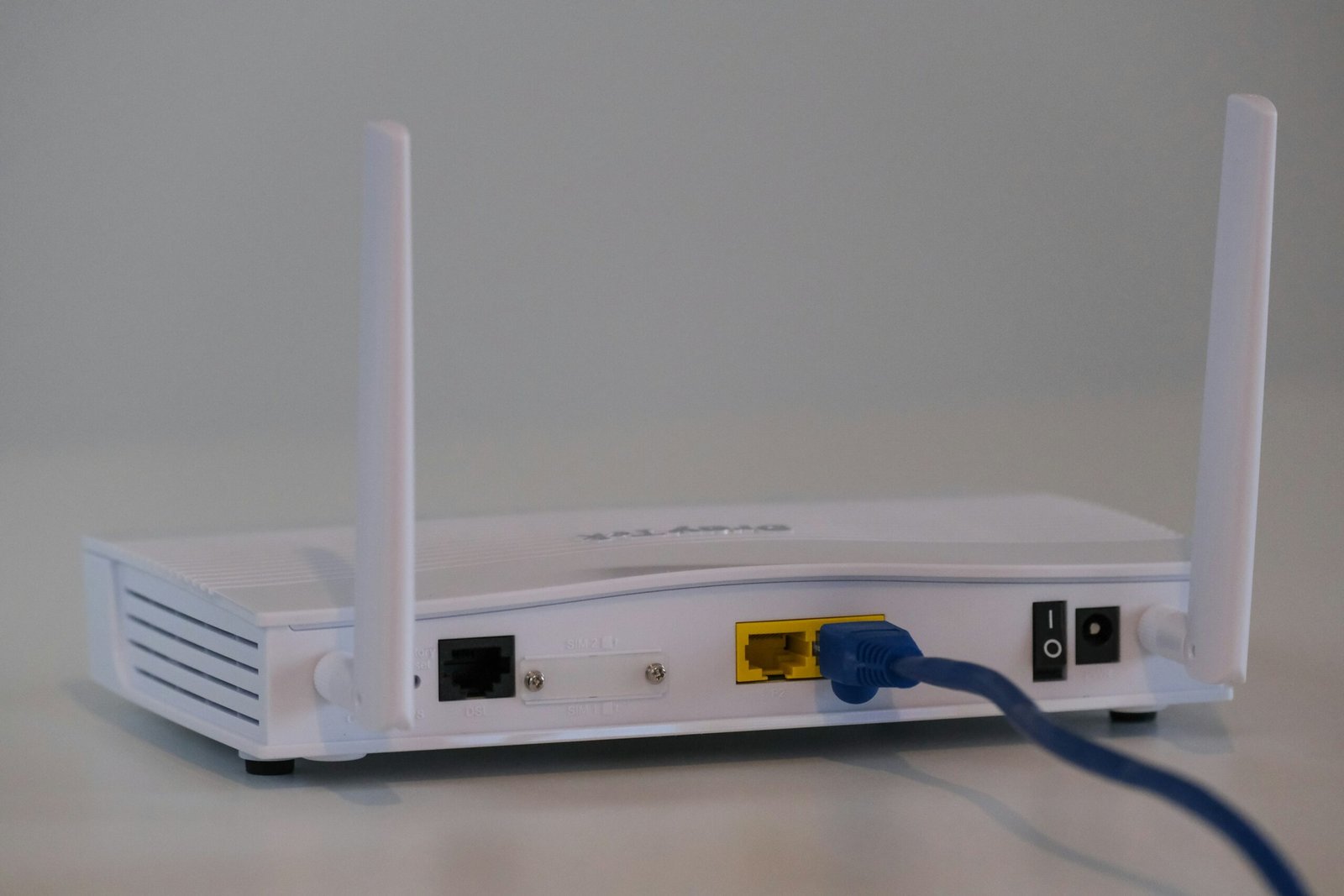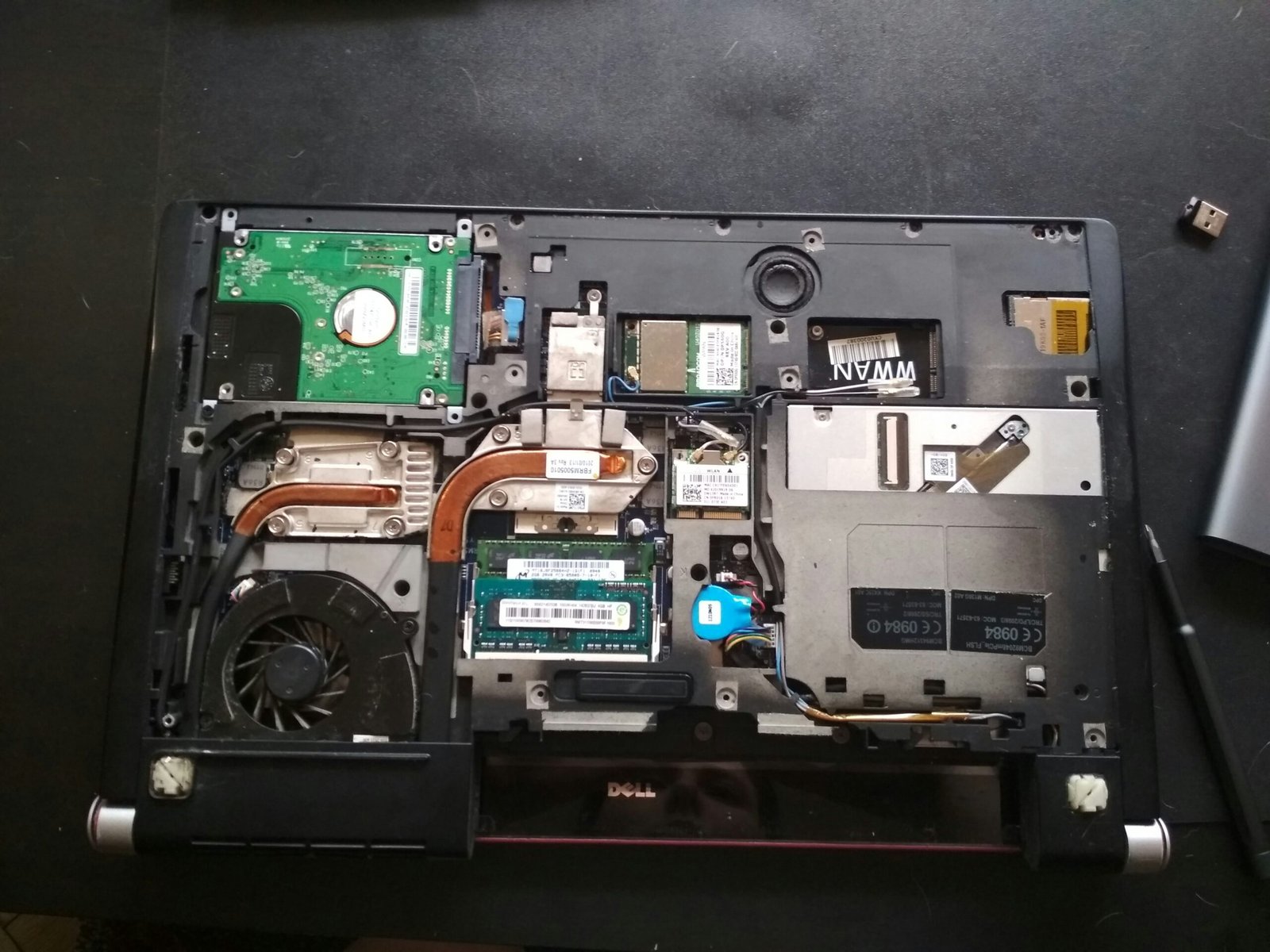
Introduction
In today’s digitally-driven world, a reliable internet connection is essential for both personal and professional activities. However, many users encounter a myriad of issues while attempting to set up their routers, which can lead to frustration and wasted time. Common problems include difficulties in connecting devices, error messages during the setup process, and inadequate coverage or speed. These challenges not only hinder productivity but may also prevent users from accessing critical online resources.
Addressing router setup issues promptly is crucial, as delays can disrupt daily routines and negatively affect overall user experience. This blog post aims to equip readers with practical strategies that facilitate quick resolutions to common router problems. By focusing on essential troubleshooting steps that can be completed in under five minutes, users can regain their internet access swiftly and efficiently.
The objective of this article is not only to highlight the challenges associated with router setups but also to provide a concise guide for swift rectification. We will explore a range of actionable solutions, from basic checks to advanced troubleshooting techniques. Whether you are a novice or an experienced user, the insights provided in this post are designed to help you effectively navigate through any router-related obstacles.
Ultimately, a well-functioning router is foundational to enjoying a seamless internet experience. By understanding the typical setup issues and how to resolve them quickly, readers can minimize downtime and foster a more productive digital environment. Let us delve into the solutions that can get your router up and running in no time.
Identify Common Router Setup Issues
When setting up a router, various common issues can arise that may hinder the process. Recognizing these problems promptly is essential for effective troubleshooting. One of the most frequent issues is incorrect wiring. For instance, if the Ethernet cables are not securely connected to both the router and the modem, or if cables are connected to the wrong ports, the router may fail to establish a connection. It is crucial to ensure that the cables are properly fitted and that the correct ports on the devices are utilized.
Another common issue involves password errors. Many users struggle with router setup due to incorrect Wi-Fi credentials. This typically occurs when the default password is changed and subsequently forgotten, or when users mistakenly input the password with typographical errors such as incorrect capitalization or additional spaces. To avoid this problem, it is advisable to write down the password and store it in a secure location after changing it from the default.
Connection problems also frequently arise during router setup. Users may encounter difficulty when trying to connect their devices to the network. This can result from a variety of factors, including network congestion, outdated software or firmware, or issues with the Internet Service Provider (ISP). Additionally, distance from the router can impact connectivity, as physical obstructions like walls or large furniture can significantly weaken the Wi-Fi signal. To address this, users should consider relocating the router to a more centralized location.
By familiarizing themselves with these common router setup issues, users can quickly identify and rectify their specific problems. Understanding potential complications not only saves time but also enhances the overall experience during the setup process.
Gather Necessary Tools
To effectively troubleshoot router setup issues, it is essential to gather the necessary tools and resources beforehand. Having the right equipment on hand can significantly streamline the process and facilitate resolving common problems quickly. The primary device needed is either a computer or a smartphone, which allows users to access their router’s settings and configuration page. Most routers can be configured via a web interface, where advanced settings can be modified, or issues can be diagnosed.
An Ethernet cable is another critical tool for troubleshooting connectivity issues. This cable can connect your router directly to your computer, bypassing any wireless complications. A wired connection often provides a more stable and reliable connection, which is essential for identifying and resolving problems accurately. By using an Ethernet cable for setup, users can ensure they have a consistent signal while making necessary adjustments to the router setting
Lastly, having access to the internet is vital, as it opens up a wealth of additional support resources. Whether it’s forums, support articles, or video guides, online resources can offer expert advice and solutions when users encounter persistent issues. This combination of the right tools will prepare users to tackle router setup problems effectively and efficiently.
Check Physical Connections
Establishing a reliable internet connection begins with ensuring that all physical connections to the router are secure and correctly positioned. Start by verifying that the power cable is properly plugged into both the router and a functional electrical outlet. A loose or unplugged power source can prevent the router from powering on, leading to connectivity issues.
Next, examine the Ethernet cables connected to the router. If you are using a wired connection, ensure that the Ethernet cables are firmly plugged into the appropriate ports on both the router and your devices. A loose Ethernet connection can disrupt communication between devices and the router, resulting in an unstable internet connection. Remember that each cable should be clicked securely into place for optimal performance.
Furthermore, check the WAN (Wide Area Network) port to confirm that the cable from your modem is attached correctly. This connection is vital for the router to receive internet access from your Internet Service Provider (ISP). If the modem is linked to the router via an Ethernet cable, ensure that both ends are securely fastened.
Additionally, it is crucial to ensure that the router itself is powered on. Check for indicator lights on the device; commonly, a solid power light indicates that the router is operational. If there are no lights, this may signify an issue with the power supply or the device itself. In the event that the router is receiving power but still not functioning correctly, a brief restart can often resolve minor issues. Simply unplug the power cable, wait for about ten seconds, and then re-plug it to reset the router. By following these steps, you can ensure that all physical connections are correctly established, paving the way for a stable internet connection.
Restart Your Router
Rebooting your router is often the simplest and most effective way to address a range of setup issues. This process essentially refreshes the router’s settings and clears temporary errors that may be causing connectivity problems. To begin, locate your router, which typically features several indicator lights that can reveal its current status. Make sure to note any unusual behavior of these lights before proceeding, as this can inform your troubleshooting efforts.
To restart your router, start by unplugging the power cable from the back of the device. It is advisable to wait for approximately 30 seconds to a minute to ensure that the router completely powers down. This interval allows for any residual electricity to dissipate and enables the internal hardware to reset. During this time, you might also consider checking all cable connections to ensure they are secure and undamaged, as loose or faulty cables can contribute to setup issues.
After the waiting period, plug the power cable back into the router. Ensure that the device is receiving power by observing the indicator lights; they should begin to illuminate in sequence. It generally takes a few minutes for the router to fully reboot, load its firmware, and establish a fresh connection to your internet service provider. Patience is crucial here, as interrupting the process can lead to further complications.
Once the router is back online and the lights indicate normal operation, check the network connection on your device. In most cases, a simple restart can resolve common issues like dropped connections or inability to connect to the network. By incorporating regular reboots into your maintenance routine, you may find that many connectivity problems can be swiftly resolved, enhancing your overall internet experience.
Accessing Router Settings
To resolve any router setup issues, the first step is to access your router’s settings through a web browser. This process typically begins by finding your router’s IP address. The most common default IP addresses for routers are 192.168.0.1 or 192.168.1.1. However, if these do not work, you can find the specific IP address by checking your device’s network settings. For Windows users, open the Command Prompt and type ipconfig; the IP address will be listed next to Default Gateway. For Mac users, go to System Preferences, then Network, select your network connection, and check the Router field.
Once you have identified the IP address, open your preferred web browser and enter the address into the address bar, then press Enter. You will be prompted to log in to your router’s settings interface. The default username and password are often found on the router itself or in the device manual. Common combinations are admin/admin or admin/password. If you have changed these credentials in the past and cannot remember them, you may need to reset the router to factory settings to regain access.
After successfully logging in, you will find yourself on the router’s dashboard, which may vary in appearance depending on the brand. Familiarize yourself with the settings interface, paying close attention to sections like Network Settings, Wi-Fi Settings, and Device Management. Here, you can troubleshoot issues such as incorrect Wi-Fi passwords, IP address allocations, or network configurations that may be causing your connectivity problems. Understanding how to navigate these settings will significantly assist you in resolving any router-related concerns effectively.
Double-Check Network Settings
When troubleshooting router setup issues, one of the fundamental steps involves double-checking your network settings. Ensuring that your Wi-Fi SSID (Service Set Identifier), password, and encryption type are correctly configured is crucial for establishing a secure and stable connection. First, access your router’s configuration page, generally through a web browser by entering the router’s IP address, which is typically found on the device itself or in the documentation.
Begin by verifying the Wi-Fi SSID. This is the name of your wireless network, and it should match exactly with what you entered during the initial setup. If you have multiple networks in proximity, a common oversight is selecting the wrong SSID when attempting to connect a device. Look for your network name in the list of available networks and ensure you are trying to connect to the correct one.
Next, pay attention to the password associated with your Wi-Fi network. If you suspect that the password may have been entered incorrectly, you can reset it via the router’s settings to ensure all devices can connect seamlessly. Remember, the password is case-sensitive, so capitalize letters accordingly when inputting it on your devices.
Additionally, check the encryption type used on your network, as modern routers typically support WPA2 or WPA3 security protocols. An incompatible encryption type can prevent devices from connecting. To enhance your network’s security, ensure you are using WPA2 or WPA3 which are more secure than older standards like WEP. Making these adjustments can often resolve connectivity issues promptly.
By taking the time to double-check these essential network settings, you can greatly enhance the likelihood of a quick resolution to any router setup issues you may encounter. Keeping these configurations optimized will contribute to a better overall internet experience.
Update Router Firmware
Keeping your router’s firmware up to date is crucial for maintaining optimal performance and security. Router firmware is essentially the software that controls the device’s operations, and outdated firmware can lead to various bugs, connectivity issues, and vulnerabilities. Manufacturers regularly release firmware updates to enhance functionality, patch security flaws, and introduce new features, making it essential for users to ensure their devices are up to date.
To check for available updates, start by accessing your router’s admin panel. This can typically be done by typing your router’s IP address into a web browser. Commonly used IP addresses include 192.168.1.1 or 192.168.0.1, though it may vary depending on the router brand. Once you access the admin panel, you will be prompted to enter your login credentials, usually the default username and password unless they have been altered for security reasons.
After successfully logging in, look for a section labeled “Firmware Update,” “Router Upgrade,” or similar. This section will indicate whether your firmware is current or if an update is available. If an update is needed, you may see a button to download or install the latest firmware version. Click this option to initiate the update process. Make sure not to power off or restart the router during this process, as it may lead to further issues.
Once the update has been applied, your router may reboot automatically. After it restarts, check to ensure that your internet connection is functioning correctly. Regularly updating your router’s firmware not only solves existing issues but also helps prevent future problems, ensuring your network remains secure and stable.
Conclusion and Further Assistance
In conclusion, resolving router setup issues can often be achieved within a remarkably short time frame, typically under five minutes. Throughout this blog post, we have highlighted several effective strategies to address common problems such as connectivity drops, slow internet speeds, and settings misconfigurations. Simple actions such as performing a quick power cycle, checking cable connections, and accessing the router’s settings can significantly alleviate these issues. By employing these straightforward approaches, users can often regain stable internet access without extensive technical knowledge.
However, it is important to recognize that not all router-related challenges are easily solvable. In cases where these quick fixes do not lead to satisfactory results, users should consider reaching out for professional assistance. Issues such as persistent connection failures, hardware malfunctions, or advanced configuration needs may require the expertise of a qualified technician or direct support from the router’s manufacturer. Most routers come with customer service resources and online support options that can provide additional guidance and troubleshooting steps tailored to specific models.
Furthermore, maintaining updated firmware on the router can preempt many common issues and ensure optimal performance. Regularly checking for updates and following manufacturer recommendations can facilitate a smoother experience in the long run. For users who continue to face challenges despite these measures, documenting observed symptoms and encountered settings can be helpful when consulting with professionals or customer support. Knowing when to seek help is essential for resolving more complex router setup issues and ensuring uninterrupted connectivity.








